I think it is safe to assume that the vast majority of our readers have taken a check ride “practical test” at least once in their vocation or avocation. Some have taken many, and there are plenty who will take one in the future. There are specific rides for specific certificates that are (hopefully) only taken once, and there are recurrent proficiency rides or reviews that recur. Rather than address unique requirements for specific types of check rides, I would like to review and address generic and universal strategies that are helpful and applicable for all evaluations —from Airbus to Zenith.
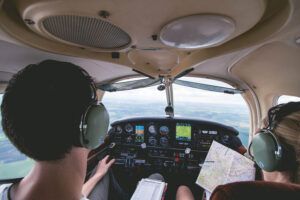
Be prepared. It’s trite, but no two words are more appropriate for a check ride. The important thing to remember is that the evaluation itself is not the sole goal, it is merely the best tool devised to prove the real goal: to be a better pilot. This doesn’t happen through the evaluation itself, it happens primarily through the effort put forth in preparation for the evaluation. Being well prepared instills confidence and reduces stress and anxiety. Being well prepared also conveys competence and professionalism to the examiner.
Stress is a killer. Being academically prepared for an evaluation is vital, but so is physical preparation. Being fit reduces stress and improves the odds of success. Sleep right, eat smart and reschedule if you’re not feeling 100%. Schedule evaluations early and during periods when you can devote your full attention. Don’t schedule evaluations hours before wanting to embark on a trip. Have time allowed in case something goes wrong, or you will be worrying about it so much that something going wrong can become a self-fulfilling prophesy.
Aircraft prep. Most evaluations require presenting an aircraft for the rating or evaluation. One advantage of renting trainer aircraft is that the aircraft gets used in evaluations so much, often by the same examiners, that the required documentation is kept current. Nevertheless, the examiner often will want to know that you know what documentation is required and where it is. Assure all is in order prior to the evaluation so that you’re not fumbling through that at the onset of the event. Also, make sure that when you walk out to the aircraft, it is ready for flight. Don’t frustrate the examiner with an embarrassing distraction like needing to fuel. Have the aircraft, especially if it is your own, clean and presentable. Impressions, both positive and negative, count when it comes to someone else being willing to attach their name to your competency.
Don’t bust yourself. There has never been a perfect check ride or evaluation, and there never will be. Perfection isn’t the standard, competency is. A big part of competency is how pilots react to a mistake or find an answer to a question they can’t immediately answer. While there is an expectation that basic numbers and limitations should be memory items, for deeper concepts it is acceptable, within reason, to say, “I’m not sure…but I know where to find the answer.” Just make sure to have the reference material at hand and know where to find the answer you seek. This approach is far preferable to making up a line of bullpucky in a desperate attempt to appear erudite. Along those same lines, however, don’t dig yourself a hole. A common refrain in the airline world is, “If asked the time, don’t build the clock.”

Move on. At some point in a flight evaluation, you will make a mistake. Hopefully, it’s minor. Many examiners look forward to seeing such things because they want to see how the examinee reacts. One of the most common causes of failed evaluations is when a pilot makes an obvious mistake and then falls apart into an ensuing string of additional mistakes because they can’t move on mentally and emotionally from the original mistake. Moving on, or “compartmentalism,” is a vital pilot skill whether being evaluated or simply operating an aircraft.
As an illustration, let’s say you’ve blown through the localizer because you failed to verify that the correct frequency was dialed in. It then becomes a goat rope trying to salvage the approach, which then turns into a slapstick “missed” approach because you’re preoccupied with the original error. The right course is to purge the initial error and regroup for another approach and landing. You can talk through the initial error later.
Disqualification factors. During a check ride or evaluation, some errors are obviously disqualifying, but that is up to the evaluator to determine at the appropriate time, not the person being evaluated during the ride. Like college sports rankings, early mistakes are more forgiven, especially after a strong finish. Examiners are human and often employ discretion. Sometimes examiners will await the end of the ride after an obvious error and then allow a redo of a failed maneuver. Other times, the ride will be a bust but with the caveat that only the failed element(s) have to be demonstrated in a subsequent test—not the entire Airmen Certification Standards (formally PTS) list. I’ve even seen examiners perform the retest without charging an additional fee.
LOFTy Ambitions
During a check ride, sometimes by design but sometimes by our own making, we are often brought to a “fork in the road” where there isn’t a single correct answer. This is very common in the airline world during LOFT (line-oriented flight training). The concept here is that you will be presented with a choice of options. The objective is to logically choose an option, execute your option to prove that option as the “correct” option for you, and then be prepared to defend your choice afterward in a debrief.
For example, during my last upgrade training LOFT, my sim partner and I found ourselves on one engine over a closed airport with an alternate that had very low but legal weather 10 minutes away, and a second alternate with clear skies but high winds 40 minutes away. I elected the distant alternate, which we flew to and landed without incident. In the debrief, I was challenged as to “why in the hell” I would needlessly fly an extra half hour on a single engine. My response was that I was familiar with the second alternate, having been there several times and that I had never been to the close-in alternate and wouldn’t have much time to brief and prepare for a minimums approach to an unfamiliar airport. I passed with a harrumph from the check airman.
The next day my partner was supposed to have his turn with a completely different scenario from the same check airman, but ours traded with another, and it didn’t take us long to figure out that the new guy was giving us the same scenario as the day before. Knowing the grief I got, when the time came, my partner quickly chose the close-in alternate, smirking at his good fortune. We landed safely, but in the debrief he was aggressively challenged for choosing the close-in, low-weather airport when there was so much to do and a clear weather alternative was only a short distance away. He responded that he was very familiar with the close-in airport having been based there at his previous carrier. He then paused and looked at me, and then said, “Besides, we did this same scenario yesterday and Myron got an earful for electing to fly to the other more distant airport.”
The check airman then burst into a laugh and said, “Well, now you know what a LOFT check ride is all about. We need to see that you can make a decision, execute it and then defend your decision afterward. There is no right answer only wrong execution. You would have been challenged to defend yourself either way you chose.”
A cherished mentor used to say, “Rather than agonize over a right decision, make a decision and then do everything in your power to make that decision the right one.” Indeed. Lots of black and white in aviation, but a healthy portion of gray as well.
Point Being…
Everybody gets anxious leading up to a check ride or review. That’s just normal human nature as we want to do well, and there is always that tiny Fed in your head reminding you of what can go wrong. Be prepared, physically and academically, be confident but teachable, expect to make mistakes and immediately purge them from your memory until later. Never give up and strive to learn from the entire experience. You, too, shall pass.

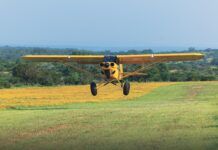
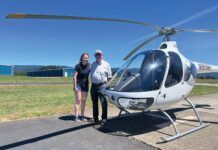
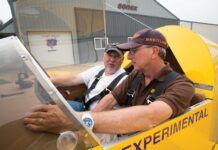
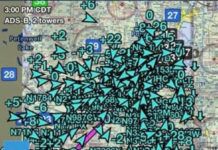
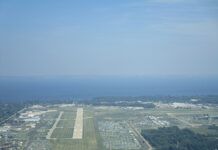
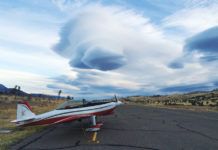
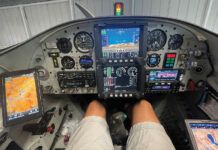
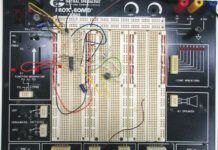
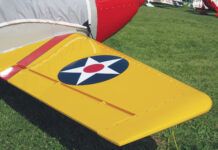
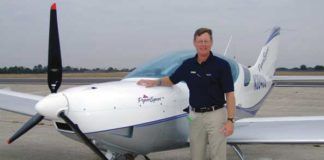
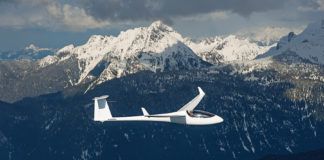
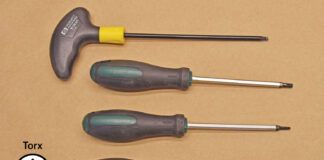
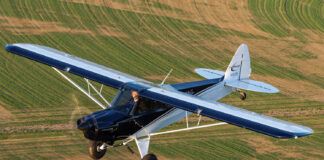
I must correct the statement about performing a “re-do” of a failed maneuver at the end of a check ride.This is specifically prohibited by DPE’s guidance. Every maneuver must be done to ACS standards the first tine, or it is a failure.
I appreciate your comment and where you are coming from. As mentioned in the article, the intent was to be generic for myriad types of evaluations one can be exposed to including BFR’s, insurance check outs, flying club screening, and for some, various types of commercial 135/121 recurrent training and evaluation events, even pre screen job interviews and so on where there is often more latitude and discretion given to the evaluator/examiner than is given to a DPE for a specific certificate ride. Thanks for reading and reaching out.